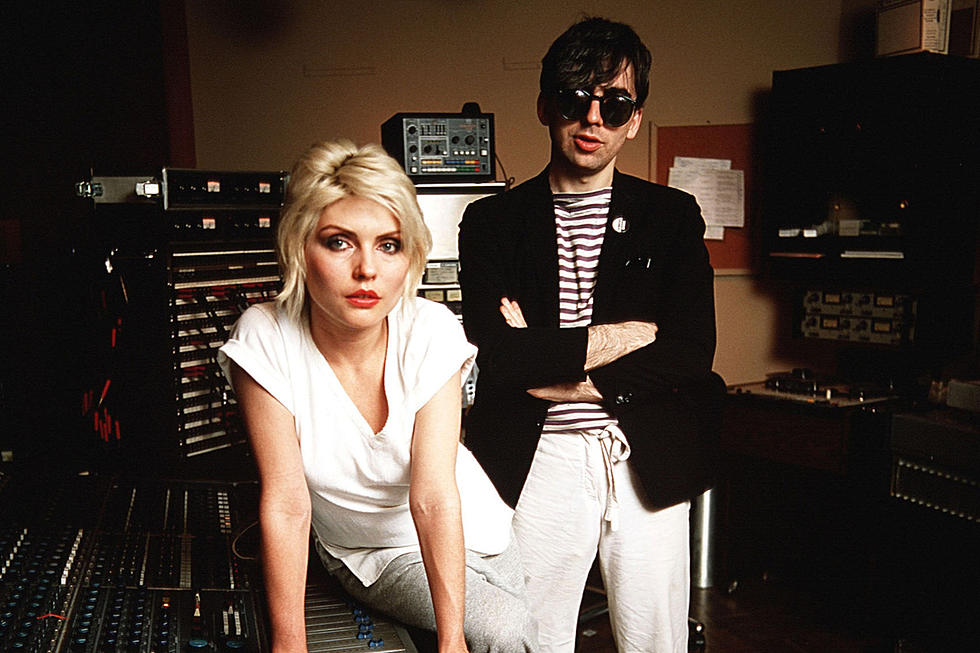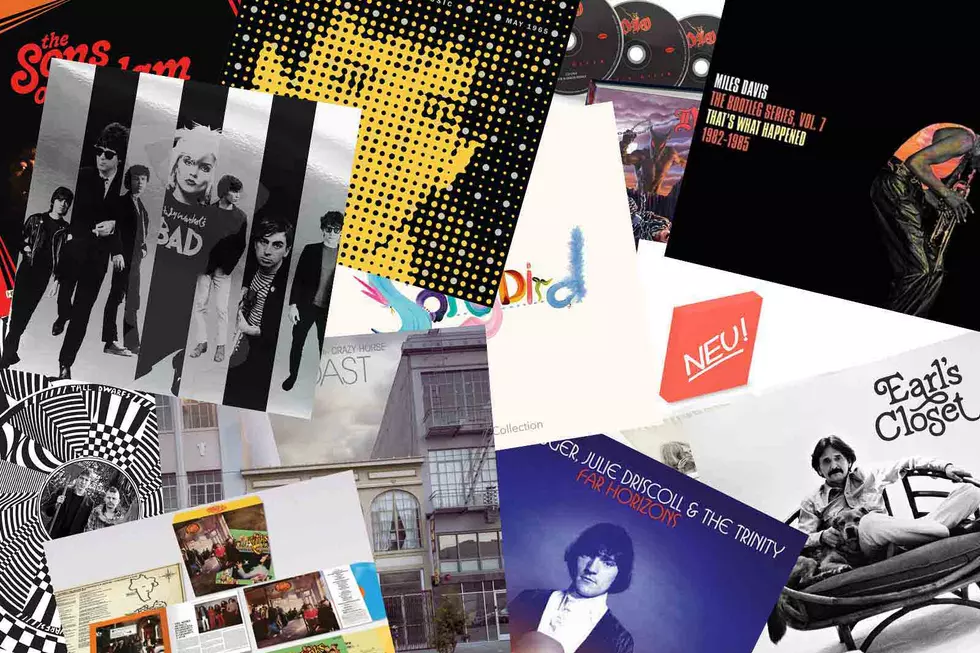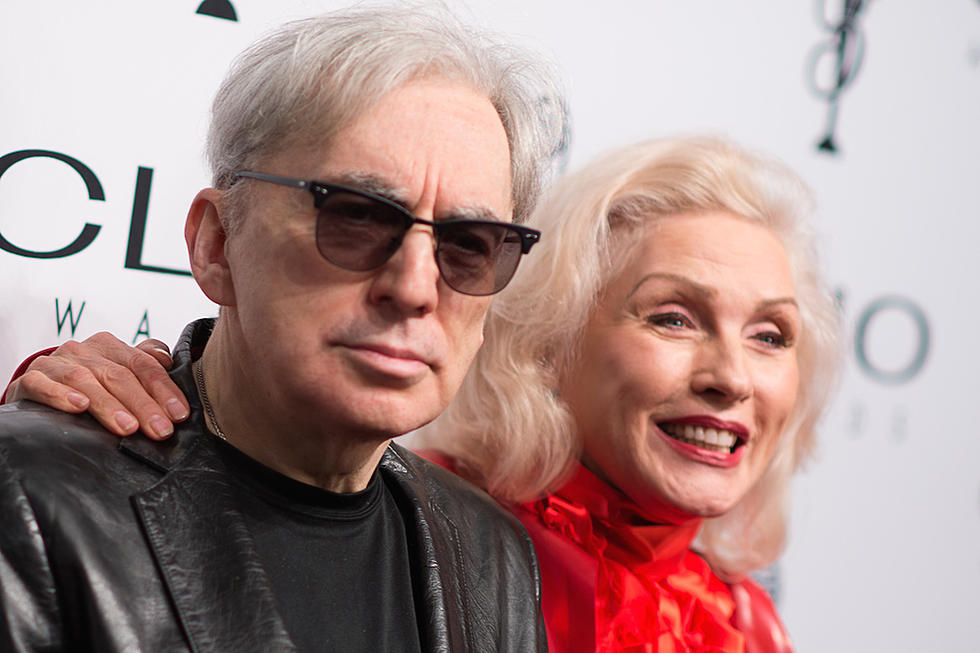
How Blondie Closed Out Their First Era With ‘The Hunter’
Blondie had achieved huge success by the early '80s. From the release of their debut in 1976 up through the groundbreaking Autoamerican in 1980, the band's star was constantly on the rise. Singles like "Heart of Glass," "Call Me," "The Tide Is High" and "Rapture" all hit No. 1, and as they were set to release The Hunter on May 24, 1982, they were one of the biggest groups around.
There was nowhere to go but down.
"There was a sort of backlash," guitarist Chris Stein said in a 1982 interview. "I think The Hunter is our best record to date. ... I know we've got some real hit records on this record." Perhaps that backlash came, as it often does, from overexposure of the group. Blondie were everywhere at the time and in an era where things moved quickly, some of their audience was looking elsewhere for entertainment.
"I think the way we would be most successful is if we just went back and re-recorded the album we did in 1975," drummer Clem Burke said. "I think if we put that out today, it would be a smash hit success. What we were doing six years ago is just catching up with people. Unfortunately, we're into another place by now."
The album begins with the tribal groove of "Orchid Club," an interesting merging of pop and world music styles that, in light of the experiments Blondie put forth on Autoamerican, seemed a natural progression. It was very much in tune with the times as artists from Peter Gabriel to Adam and the Ants were employing those tribal sounds.
The album's first single, "Island of Lost Souls," is a catchy calypso-colored pop song that probably should have been a much bigger hit. It barely grazed the Top 40 upon release. They gave various styles a shot throughout the album, but something was missing. Even the more straight ahead "Blondie"-style tracks like "Dragonfly," "(Can I) Find the Words (To Say)" and "For Your Eyes Only" (written for the James Bond film of the same name, but not used) seemed less than stellar at the time.
Watch Blondie's Video for 'Island of Lost Souls'
It's all solid, but coming on the heels of Autoamerican, Eat to the Beat and Parallel Lines, it was a lot to live up to. A jazz-tinged cover of the Marvelettes' "The Hunter Gets Captured by the Game" is a lovely way to end the album, but it too fails to hit impact.
Autoamerican was also full of stylistic left turns, but it worked. The same approach simply didn't fare as well on The Hunter. Add to that the 1981 release of Debbie Harry's solo debut KooKoo, as well as burnout and fatigue, band infighting and rumors of the band breaking up all added to the drama. The most significant part of the story at the time, however, was the health of founder Chris Stein. At first no one knew what was wrong with him. He had been diagnosed with a rare auto-immune disease called pemphigus.
"He had problems swallowing. He couldn’t eat," Debbie Harry recalled in the A&E Blondie Biography. "He just deteriorated, he got worse and worse." He looked frail and rumors swirled about drug abuse or possibly AIDS.
"I just started breaking out and had these rashes and that's when we really noticed things were screwing up," Stein said. Harry stuck by his side to nurse him back to health. It took three years before Chris was back to full speed. The strain of the illness eventually split the couple, though they remained very close. The band, however, broke apart.
The Hunter momentarily hit the U.S. Top 40, and though it went Top 10 in the U.K., it marked the end of the band's first chapter. Too many factors prevented the album from being greeted with open ears and minds at the time. It certainly paled in comparison to what had come before it, but The Hunter actually holds up better than expected. This LP is proof that Blondie were always a band in search of new things. Sometimes that worked, sometimes it didn't, but the ride was never less than intriguing.
44 Famous Records You Probably Didn't Realize Were Covers
More From Ultimate Classic Rock










